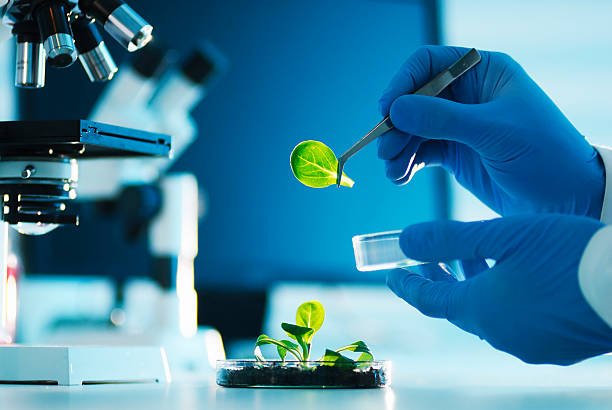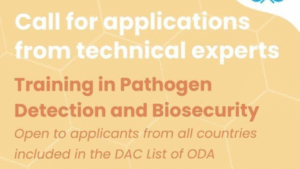Plant diagnostics is the process of determining the cause of a plant problem in order to determine the root cause of the problem and provide recommendations for promptly and accurately managing the problem. Accurate diagnosis entails: i) a review of the farm’s overall condition, including environmental conditions and the history of farm management practices; ii) knowledge of plant pests in order to quickly and accurately identify symptoms and signs of attack; and iii) laboratory analysis, if required, to confirm plant pests. All of these steps are essential to completing an accurate diagnosis in order to provide prompt crop management recommendations to ensure plant health.

An initial examination of the entire plant, including the leaves, stems, roots and fruits, is necessary to provide an accurate diagnosis. Look for indicators of plant pest infestation, such as perforated or eaten leaves, spots on foliage, white coating on leaves, slimy or rotten stems, and bloated or rotting roots, as well as odd symptoms, such holes, yellow/brown patches, wilting, or stunted development, in comparison to healthy plants. Since many pests lurk on the underside of leaves, diagnostic tools like insect traps and magnifying glasses can be used to examine the underside of leaves. To capture tiny insects like thrips or whiteflies, sticky traps can also be set up. Accurate information about plant pest infestations should be gathered by comparing it with databases or reference sources, such as official websites, agricultural books, or applications for diagnosing plant diseases. Samples of plant pests should be sent to the lab for additional examination if in doubt. Plant health can be ensured by prompt treatment and prevention measures if precise plant pest results are acquired.
Plant health is very important because it improves human lives, the economy, and the environment. Plant health depends on a number of critical elements, including soil, water, light, nutrients, and insect protection. Soil fertility can be raised by providing rich, organic matter-rich soil with adequate drainage. Emphasizing proper plant watering practices is also necessary to prevent overwatering, which can harm plant roots. To guarantee that plants receive the right quantity of light based on their demands, adequate illumination is crucial. To ensure that plants receive adequate nutrients in accordance with their growth requirements, periodic fertilization must be carried out as needed. Pruning plants and cleaning the surrounding area are necessary to stop plant pests from spreading. Crop rotation each planting season from different families is also recommended to avoid plant pests from growing and spreading because they share the same host. The most crucial thing is to routinely check for plant pests. To maintain plant health, it must be done to identify new pest infestations and be able to treat and prevent them early.
Written by SHUERNI BINTI MOHAMAD RAZI, Assistant Director, Plant Biotechnology Unit, Plant Pest Diagnostic and Expertise Section, Plant Biosecurity Division, Department of Agriculture Malaysia.










